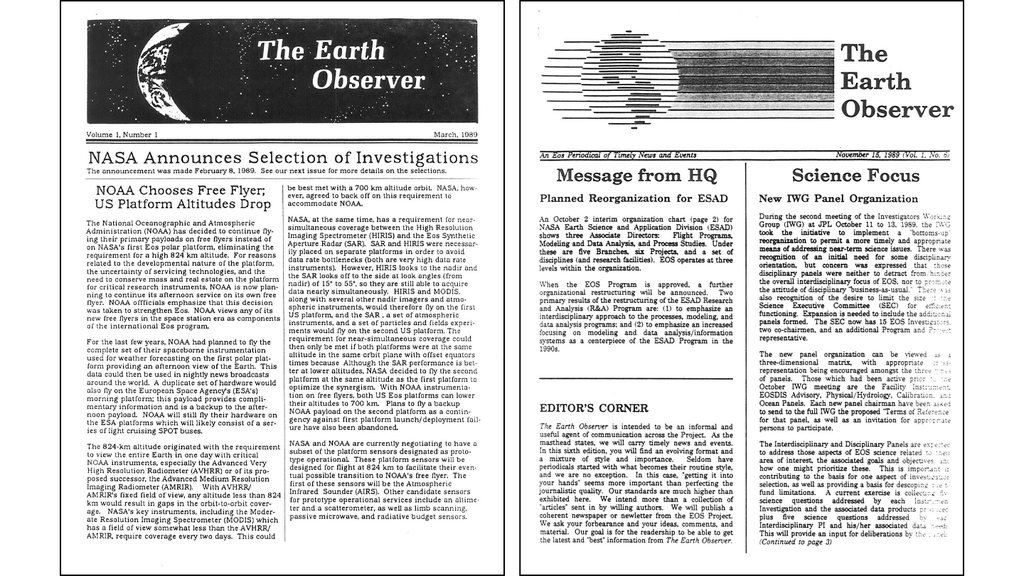Quick Facts
MILESTONES
Launch: Oct. 15, 1997, from Cape Canaveral Air Force Station, Florida
Launch vehicle: Titan IVB/ Centaur
Venus flybys: April 26, 1998, at 176 miles (234 km); June 24, 1999, at 370 miles (600 kilometers)
Earth flyby: Aug. 18, 1999, at 727 miles (1,171 kilometers)
Jupiter flyby: Dec. 30, 2000, at 6 million miles (10 mil- lion kilometers); closest approach at 5:12 a.m. EST Saturn arrival: July 1, 2004, UTC (June 30, 2004 PDT)
Huygens Probe: Titan Release Dec. 24, 2004; Titan Descent Jan. 14, 2005
CASSINI ORBITER
Dimensions: 22 feet (6.7 meters) high; 13.1 feet (4 meters) wide
Weight at launch: 12,593 pounds (5,712 kilograms) with fuel, Huygens probe, adapter, etc.
Weight at end of mission: 4,685 pounds (2,125 kilograms)
Propellant used: 6504 pounds out of 6565 pounds (2950 kilograms out of 2978 kilograms)
Power: 885 watts (633 watts at end of mission) from radioisotope thermoelectric generators
Orbiter science instruments (12 total): composite infra- red spectrometer (CIRS), imaging system (ISS), ultra- violet imaging spectrograph (UVIS), visual and infrared mapping spectrometer (VIMS), imaging radar (Radar), radio science (RSS), plasma spectrometer (CAPS), cosmic dust analyzer (CDA), ion and neutral mass spectrometer (INMS), magnetometer (MAG), magne- tospheric imaging instrument (MIMI), radio and plasma wave science (RPWS).
MISSION
Commands Executed: 2.5 million
GB of Science Data Collected: 635 GB
Saturn Orbits Completed: 294
Targeted moon flybys: 162
Targeted Titan Flybys: 127
Targeted Enceladus Flybys: 23
Images Taken: 453,048
Main Engine Burns: 183
Oceans Discovered: 2 (Titan, Enceladus)
Titan Seas and Lakes Discovered: 3 seas, hundreds of small lakes
Named Moons Discovered: 6
Science Papers Published: 3,948
Primary mission: 4 years
Two extended missions: Equinox (2008-2010) and Solstice (2010-2017)
Total distance traveled: At Cassini’s end of mission, the spacecraft had traveled about 4.9 billion miles (7.8 billion kilometers) with respect to the Sun; this distance includes its 2.1 billion-mile (3.4-billion kilometer) interplanetary trajectory from Earth to Saturn. With respect to Saturn, Cassini traveled a total of 1.2 billion miles (1.9 million kilometers) from arrival to end of mission.
Saturn’s average distance from Earth: 890 million miles (1.43 billion kilometers)
One-way speed-of-light time from Saturn to Earth during orbital tour: Varied between 67 and 85 minutes
One-way speed-of-light time from Saturn to Earth at end of mission: 83 minutes
Spacecraft speed at loss of signal (relative to Saturn): 69,368 mph (111,637 kph)
PROGRAM
Partners: NASA, European Space Agency (ESA), Italian Space Agency (Agenzia Spaziale Italiana or ASI) Number of people who worked on some portion of Cassini-Huygens: More than 5,000
Number of people who worked on some portion of Cassini-Huygens: More than 5,000
Cost of mission: $3.9 billion. This figure includes $2.5 billion in pre-launch costs (including launch vehicle and contributions from ESA and the Italian Space Agency), and $1.4 billion in post-launch costs (including opera- tions and tracking for 20 years in flight).

































